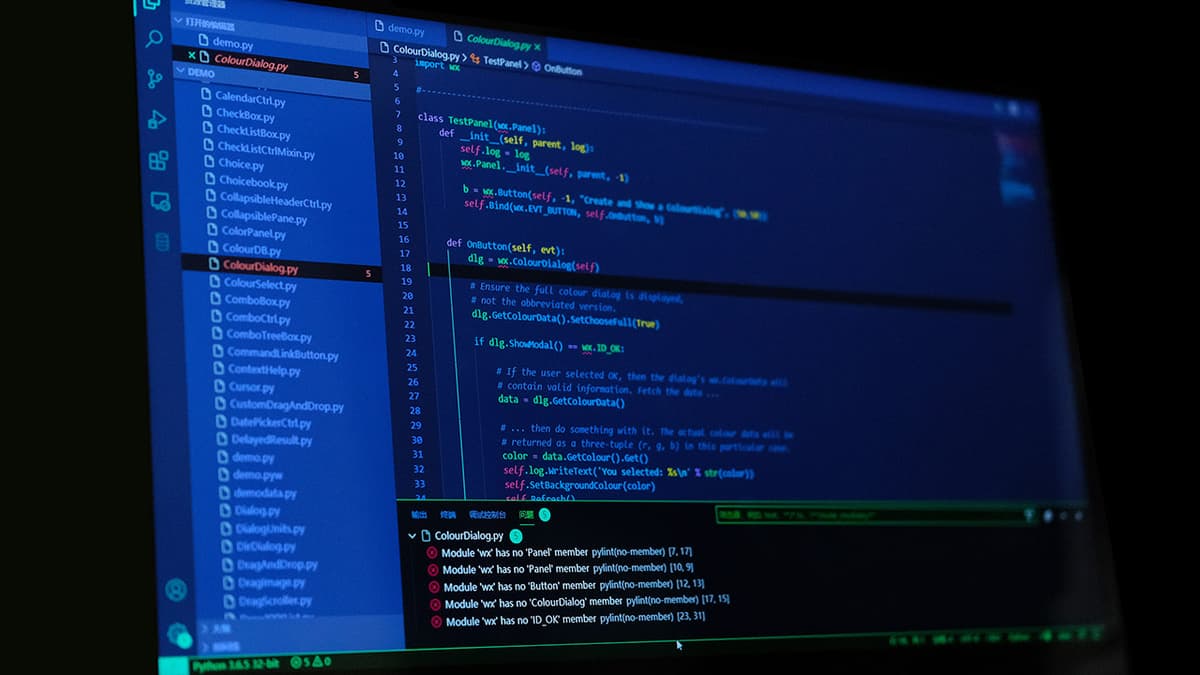How to Retrieve the Last Row in SQL Server
Are you often in need of fetching the very last row from your SQL Server database but find yourself struggling to do so efficiently? This common challenge can be easily overcome with the right approach. In this article, we will explore various methods to retrieve the last row in SQL Server, catering to different scenarios and preferences.
Using ORDER BY and TOP
One simple and effective way to fetch the last row in SQL Server is by utilizing the ORDER BY clause in conjunction with the TOP statement. By specifying the desired ordering in the ORDER BY clause and limiting the result set to one row using TOP 1, you can efficiently retrieve the last row.
Here is an example query that demonstrates this approach:
Sql
In this query:
your_tableis the name of the table you are querying.your_columnis the column used for determining the order of the rows.DESCspecifies a descending order to retrieve the last row.
By setting the OFFSET to 0 and fetching the NEXT 1 ROWS ONLY, you are effectively selecting only the last row based on your specified ordering criteria.
Leveraging ROW_NUMBER() Function
Another powerful technique to retrieve the last row involves using the ROW_NUMBER() window function in SQL Server. This function assigns a sequential integer to each row based on the specified ordering, allowing you to filter out the last row with precision.
Here is an example query utilizing the ROW_NUMBER() function:
Sql
In this query:
ROW_NUMBER() OVER (ORDER BY your_column DESC)assigns a row number in descending order based onyour_column.- The
WHERE RowNum = 1condition filters out only the last row.
By leveraging the ROW_NUMBER() function within a Common Table Expression (CTE), you can efficiently retrieve the last row from your SQL Server table.
Using MAX() Function
If your primary concern is to extract the maximum value from a specific column, you can employ the MAX() function to obtain the last row based on that column's value.
Here is a basic query using the MAX() function:
Sql
In this query:
your_columndenotes the column for which you want to retrieve the last row based on the maximum value.
By comparing the values of your_column with the maximum value obtained through the MAX() function, you can effectively identify and select the last row in your SQL Server table.
Utilizing CROSS APPLY
For more intricate scenarios where you need to retrieve the last row based on specific conditions or computations, the CROSS APPLY operator can be a valuable tool. By applying the necessary logic within the CROSS APPLY clause, you can dynamically determine the last row in a flexible manner.
Here is an example query demonstrating the use of CROSS APPLY:
Sql
In this query:
your_conditionrepresents the condition based on which the last row is determined within theCROSS APPLYclause.
By combining the power of CROSS APPLY with an appropriate subquery and ordering, you can precisely fetch the last row according to your specific requirements.
Retrieving the last row in SQL Server can be approached in various ways depending on the context and criteria of your query. Whether you opt for the simplicity of ORDER BY and TOP, the precision of ROW_NUMBER(), the value-based selection of MAX(), or the flexibility of CROSS APPLY, there are multiple strategies at your disposal to efficiently accomplish this task. Experiment with these techniques, adapt them to suit your needs, and streamline your SQL Server queries for optimal performance and effectiveness.












